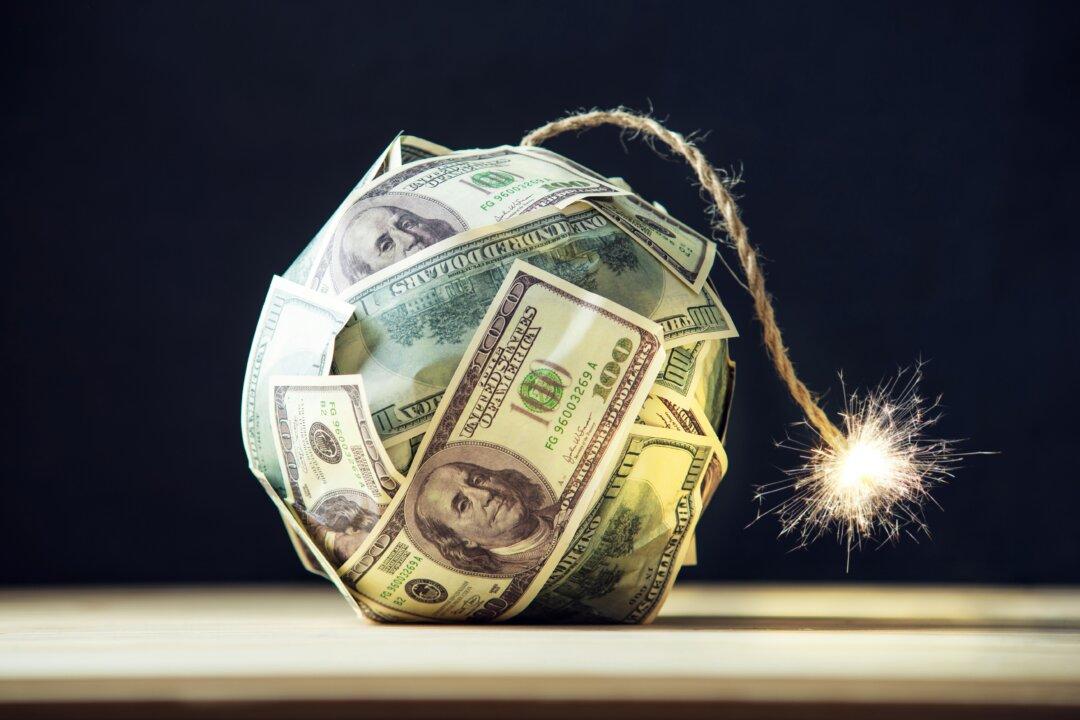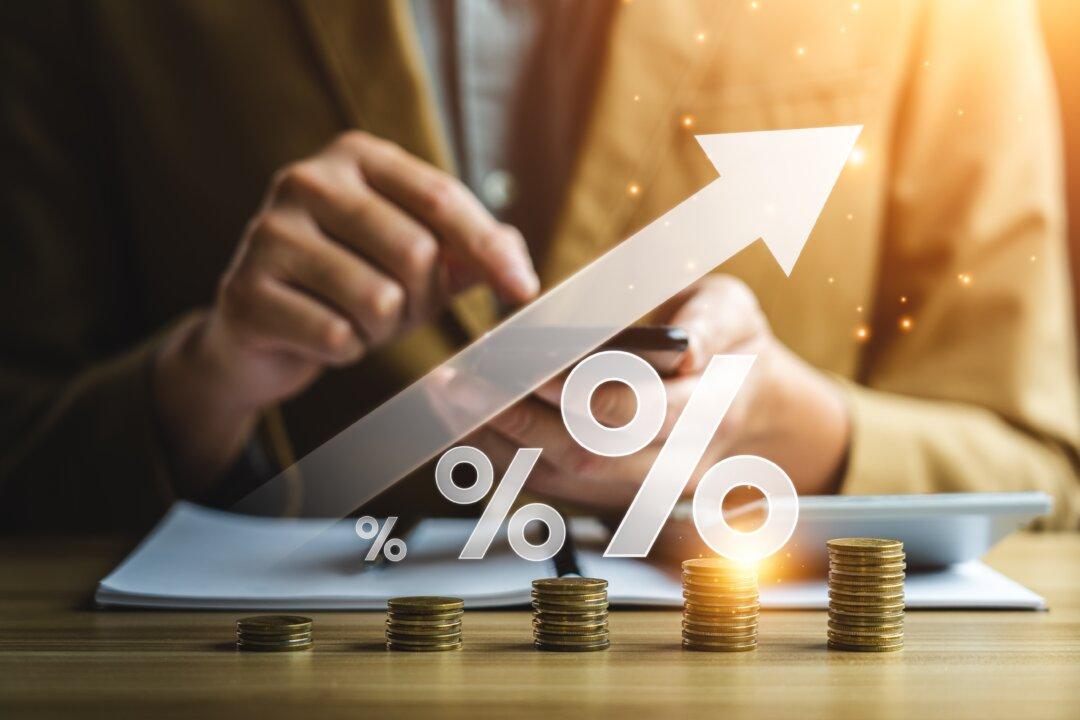These figures are important because they come after trillions of dollars of so-called stimulus, and the entire thesis of the V-shaped recovery comes from a view that consumption is going to soar. Reality shows otherwise. In fact, reality shows that retail sales showed an artificial bump due to the wrongly called stimulus checks, only to return to stagnation.
As consumers perceive a higher rise in prices, especially in those essential goods and services that we purchase every day, consumption decisions become more prudent and the propensity to save rises. This is something that we’ve seen in numerous countries. In Japan, years of “official” messages about the risk of deflation clashed with citizens’ perception of the cost of living, and the tendency to save increased—rightly so. Citizens aren’t stupid, and you can tell them that there’s no inflation or that it’s transitory, but they feel the increase in cost of living and react accordingly.
Two things should concern us. First, the weakness of the recovery in the middle of the largest fiscal and monetary stimulus seen in decades, and second, the short and diminishing effect of these programs. A $2 trillion stimulus package creates a very short-term effect that lasts less than five months.
I recently had a discussion with former Federal Reserve nominee Judy Shelton, and she stated that the recovery would be stronger without stimulus. She’s probably right.
Neo-Keynesians will likely say that if the above figures persist, the solution is more stimulus, but it’s not. More money to government programs means slower growth and weaker recoveries.
U.S. consumers aren’t happy. They don’t see the official optimism about the job market or the macro figures, and the current sugar-high is likely to lead to an abrupt sugar-low.





